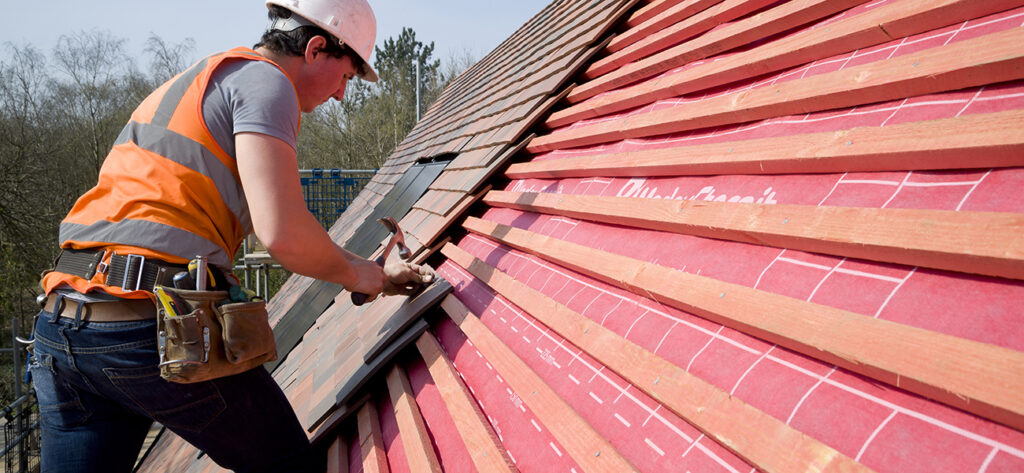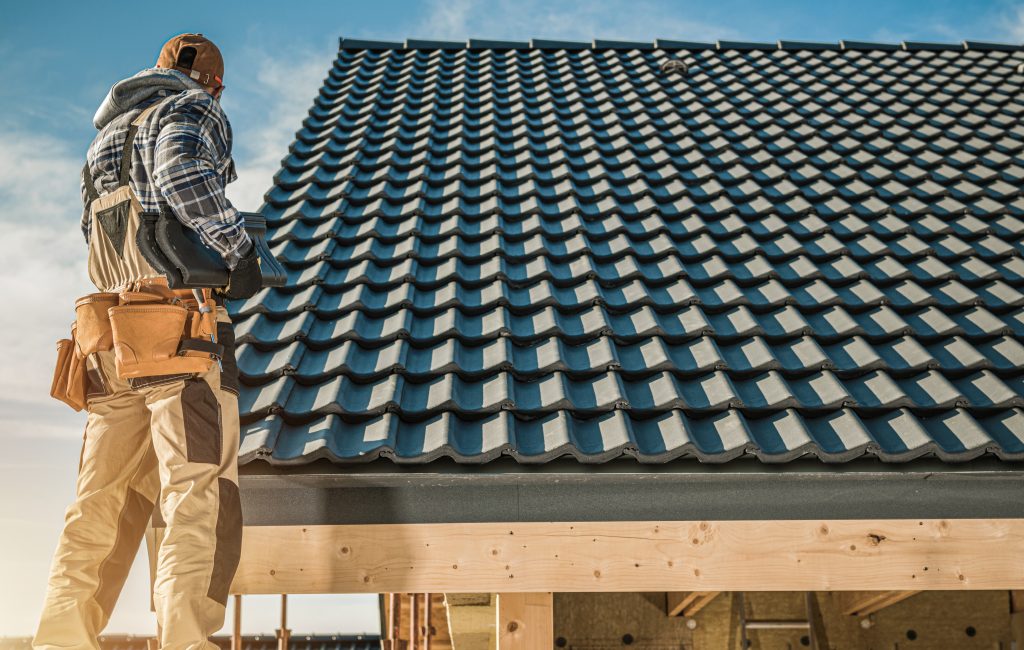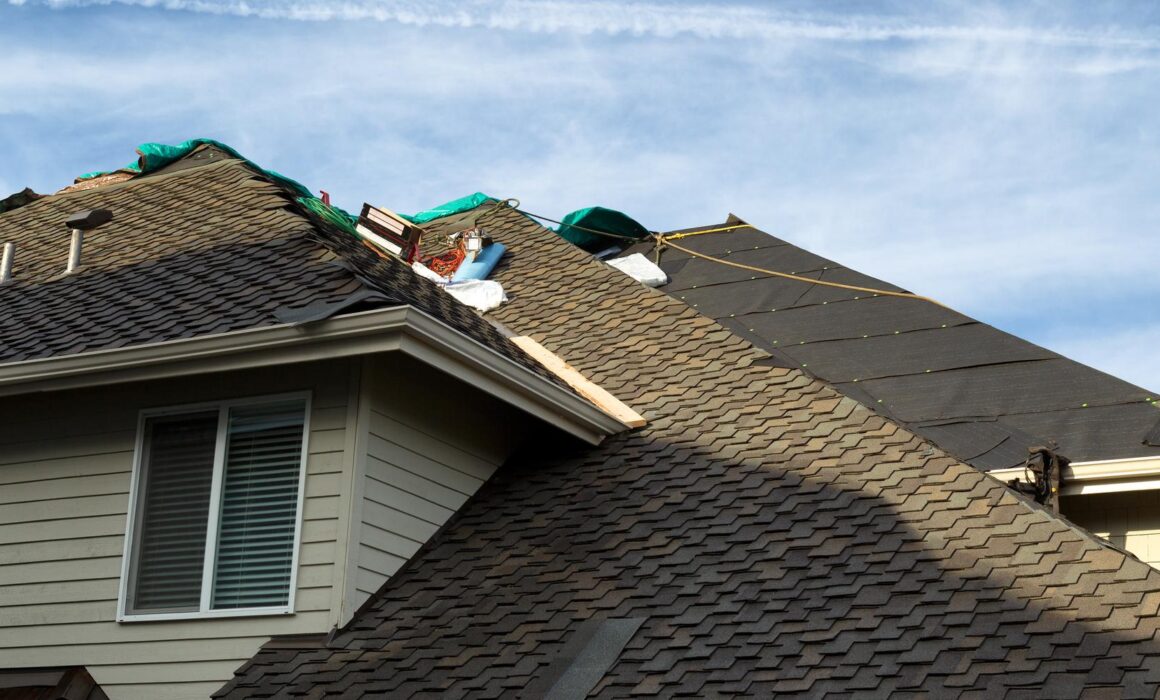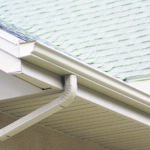The Importance of the Roof Underlayment
For a lot of homeowners, the roof is exactly what they see: the shingles, gutters and perhaps the flashing strips. Many are not aware that there’s more to the roof than what’s on the outside. One of those concealed parts is the underlayment. The roofing underlayment is a concealed but essential section of the roof which takes on a vital role in the general health and stability of the whole structure.
The Underlayment

The underlayment is a water-resistant or waterproof buffer material which, as its label implies, is installed under the rest of the roofing materials. Its primary part is to function as an extra layer of defense against the weather, particularly water damage. Consider it as the final barrier which a leak should overcome right after it has been through everything else.
Types of Underlayment
Whenever it’s time to schedule roof replacement in your old roof, you’ll also have to change the underlayment. You’ve got 3 choices for underlayment: asphalt saturated, synthetic as well as rubberized asphalt underlayment.
Asphalt saturated is perhaps the oldest of the underlayment types and was the essential type till the arrival of the synthetic materials. Regardless of its lack of popularity, it’s still a dependable and strong underlayment having natural strength as well as water resistance. It’s also easily available, which makes it the most cost-effective of the three.

Non-bitumen synthetic underlayments changed the last underlayment style and it is now the most frequently utilized type for both commercial and residential roofs. You can imagine it as the direct update coming from asphalt saturated, due to its better water resistance and sturdiness. It’s also made so that it could be completely applied to the whole roof.
Lastly, there’s rubberized asphalt that is widely regarded as a premium underlayment material. It offers all of the advantages of asphalt-saturated as well as non-bitumen synthetic, however is also entirely waterproof as it has more asphalt and rubber polymer content.
Why is the roof underlayment so important?
The roof underlayment is a vital portion of your roofing system, even when it is not seen in the naked eye. The moment you think of your roof, shingles are probably to be the one thing which goes to your mind. However an underlayment is needed in order to protect your house coming from water damage. The roof underlayment is often a sheet of felt or synthetic material spread around the roof’s plywood deck prior to the shingles are installed.

The underlayment is an extra coating of protection and it is made to prevent rain and moisture from permeating the deck, that could lead to attic leaks and wood rot. However the underlayment doesn’t simply defend the deck coming from water, this also defends the wood from chemicals from the shingles. Heat coming from the sun’s rays could make shingles almost melt into the wood in case there isn’t underlayment place in between, leading to costly repairs. One more reason why underlayment is important is that, in case of shingles flying off the roof, your roof deck isn’t exposed right away. The underlayment will help protect the wood till you could install the lost roofing shingles.
For a few years, roofers and contractors utilized generally felt for roof installations however in modern days synthetic underlayment is utilized by the majority of roofing contractors. Synthetic underlayment is slimmer and lighter compared to felt, and far less difficult to install. It’s also considered to be more effective in stopping water leakage, however it’s more costly. Even so, due to its chemical make-up, it endures longer compared to felt so homeowners will see a greater return on investment.






